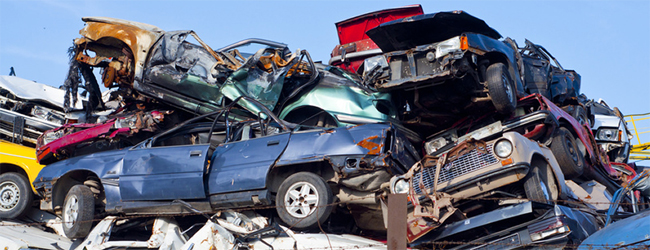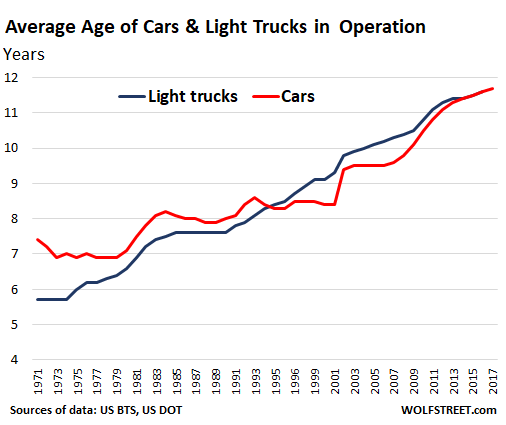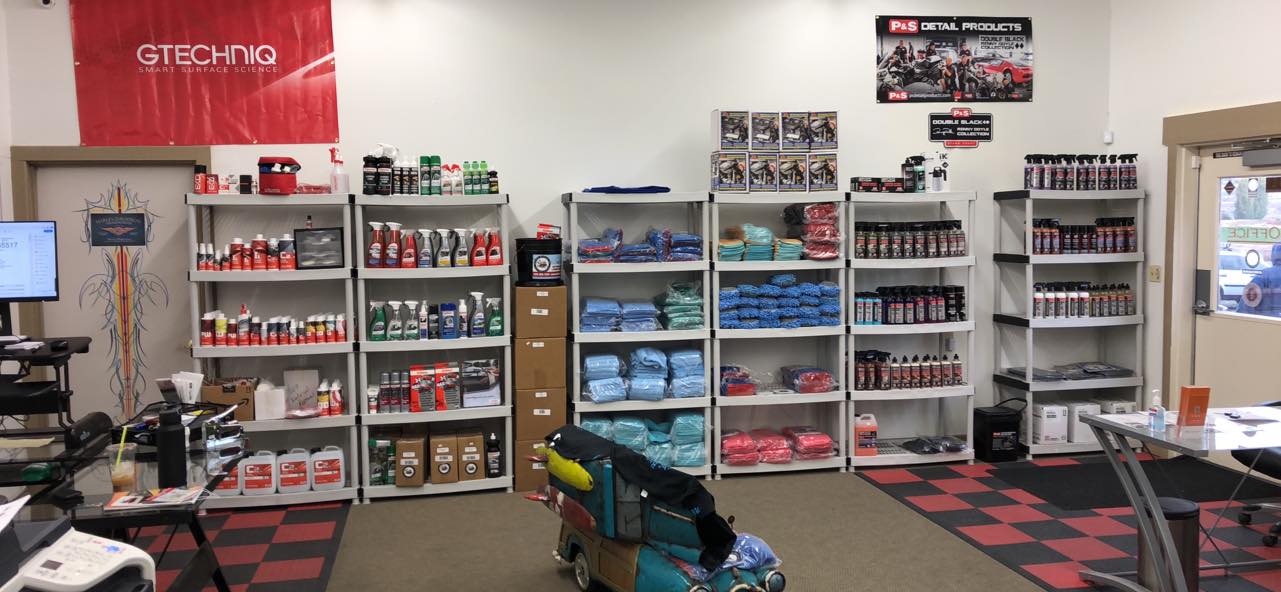
10 POSITIVE TRENDS INFLUENCING THE DETAILING INDUSTRY
Aging Vehicle Fleet Creates Opportunities for Car-Care Professionals…
By Bud Abraham, Detail Plus
According to the National Bureau of Economic Research—the official arbiter of U.S. recessions—the Great Recession, as it is known, began in December 2007 and ended in June 2009. And while it took a year or so to gather momentum, the economy has been rolling along at a steady clip ever since. This means good things for the detail industry.
1. Miles versus Age
Despite the strong economy and record sales of new vehicles, especially light-duty trucks, more people are keeping their vehicles longer and are more dependent on auto-care professionals than ever before.
The important figures for detailers to look at today is not only the average age of the car population, but also the average number of miles a vehicle amasses before it’s sent to a junk yard. This number has increased over the past 30 years.
For example, in 1960, the average vehicle lasted 92,000 miles. Ten years later, the average vehicle lasted more than 105,000 miles. The auto industry now forecasts that before long the average vehicle will be able to be driven 13 percent more miles—closing in on 200,000 miles.
This is important to detailers. Why? Because the longer that vehicles remain on the road, the greater the need for maintenance and detailing to ensure these vehicle remain road-worthy.
2. Vehicle Demographics
Just knowing the number of vehicles on the road, however, isn’t the only critical issue. You must understand as well the demographics of the vehicles, especially age.
The median age of vehicles has steadily increased since the 1960s. In 1970, for example, there were about 100 million vehicles on the road, 15 percent of which were 10 years old or more.
More recently the overall median age of U.S. light vehicles on the road rose to 11 years. But, as noted in the chart below, the median age has now hit 11-1/2 years, with the expectation that the average vehicle age will increase to 12.1 years.
These vehicles are prime candidates for car-care services. Either because they are now a family’s second or third vehicle—with the first vehicle being one that was purchased new—or they have found their way into the used-car market.

Average age of light vehicles in the U.S. from 2003 to 2016 (in years), per U.S. Bureau of Transportation Statistics and U.S. Department of Transportation.
3. Scrap Rates
Longer-lasting, more durable vehicles translate into greater potential for a greater number of vehicles.
Back in the 1980s, for instance, once a vehicle got to be five to seven years old, scrap rates were at 20 percent. But the old model of trading in a car after five or so years no longer holds true.
There are roughly 270 million-plus passenger cars and light trucks on the road today. According to R.L. Polk, fewer of these vehicles are ending up on the scrap heap, with roughly 11.5 million vehicles crushed in 2013, far fewer than the 2012 record high of 14 million that were scrapped. In other words, not even 10 percent of these aging vehicles are scrapped. Again creating a potential market.

4. Used-Car Sales
While dealerships are enjoying sales of new vehicles, albeit somewhat slower than the past few years, they are also in the used-car business. Each one of these used cars must be detailed.
Dealers service zero to five-year-old vehicles. Dealership service has medium penetration for six- to 10-year-old vehicles and low penetration for vehicles more than 10 years old.
With that in mind, the number of core “aftermarket” vehicles (those vehicles older than five years) has been growing rapidly since 1989, translating into more vehicles in the “low dealership service penetration” category.
5. The Used-Car Market
It has been determined that used-car owners are more apt to have their car detailed than a new-car owner. That’s good news considering the number of used cars that are sold in the United States.
Used vehicle sales reached almost 50 million units today and are predicted to grow even higher.
Keep in mind that the further a car gets from the factory warranty and the original owner, the more likely the vehicle will be detailed.
6. Servicing the Older Vehicle
With the usable life of a vehicle increasing, motorists are apt to spend more money on an older vehicle.
If a 10-year-old vehicle needed a major repair a few years ago, chances were good that the owner would get rid of it. Today, the owner will most likely keep the car, repair, detail and drive it another five years.
Now, any repair or maintenance investment in a 10-year-old car is still money well-spent.
7. Government Regulations
With all the concern about the environment and pollution, the issue of water discharge entering storm sewers is becoming very important. Government enforcement of these laws is making the motorist aware of the harmful effects of driveway washing.
The government can be your best friend if you are obeying the laws.
8. Detail Business Counts
Over the past 30 years the number of true detail businesses has more than tripled in the United States.
In 1980 there were an estimated 4,000 detail shops listed in the Yellow Pages. Today there are nearly 15,000. Of the nearly 20,000 carwashes listed in the Yellow Pages today, fewer than 10 percent offer detailing services.
This does not include body shops, auto dealers and fast-lube operations that are also offering detailing services.
9. The Business Community
Well-managed detail businesses are beginning to take their rightful place in the business community in every city of the country.
The fact that so many other recognized and established auto service businesses, such as automatic carwashes, auto dealerships, collision repair shops and quick lubes, are offering detail services gives the detail industry stability and respect.
10. Advancing Technology
Advancing automobile technology is a good thing for the do-it-for-me (DIFM) side of the market as the do-it-yourself (DIY) market simply becomes unable or unwilling to perform even the simplest of automotive service tasks, like washing and waxing their vehicle.
Detailers and other business owners stand to profit from motorists’ increased dependence on professional services, including detailing. Question is: Are you ready to handle this dependence?




